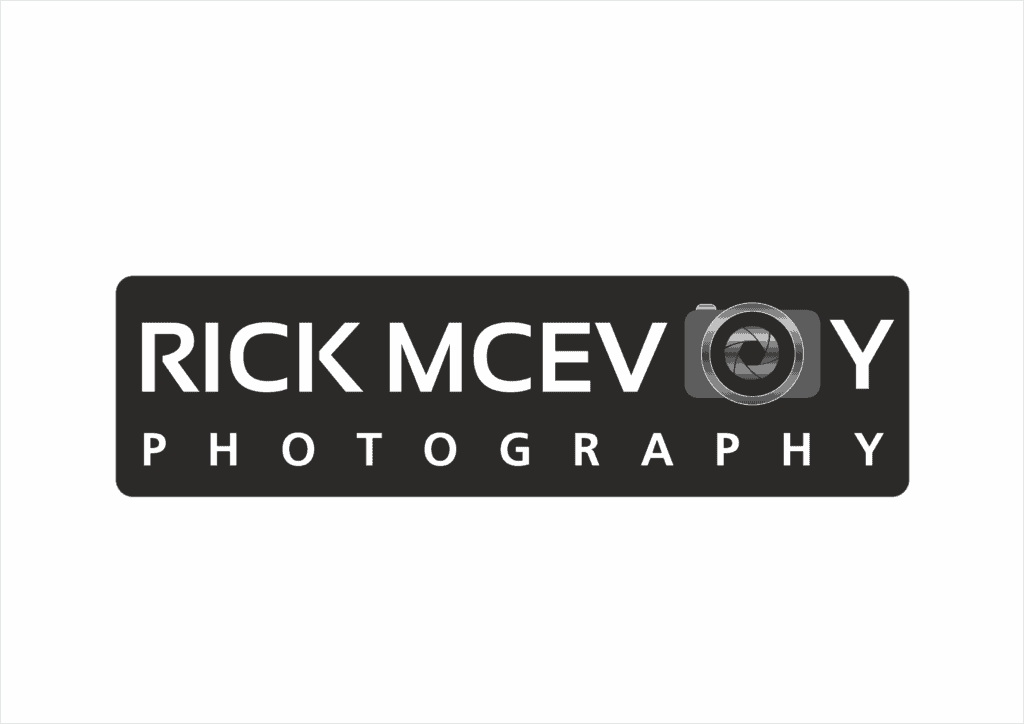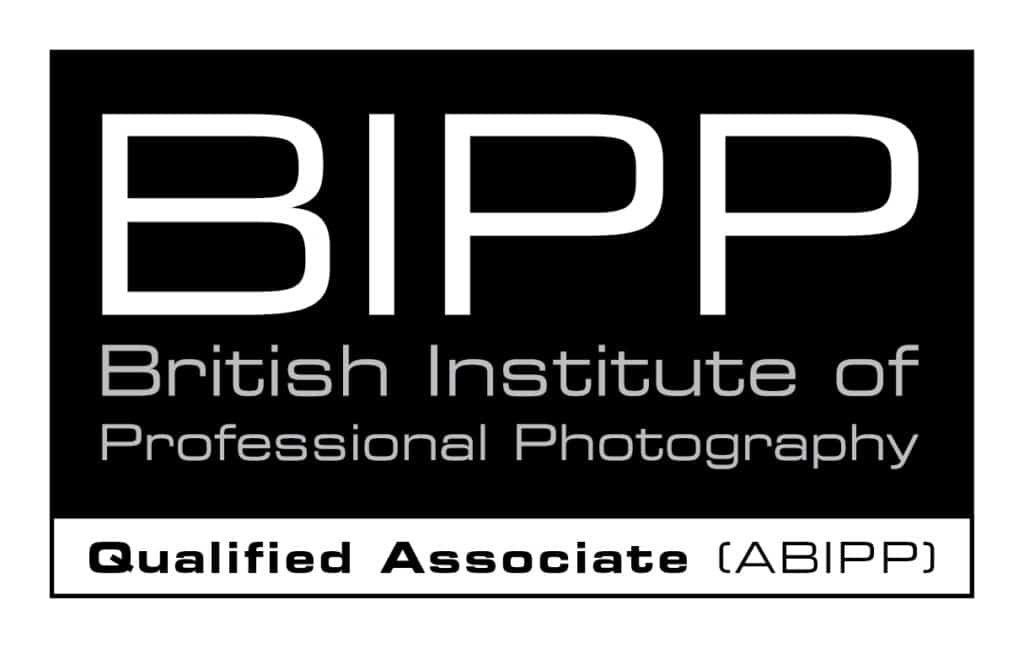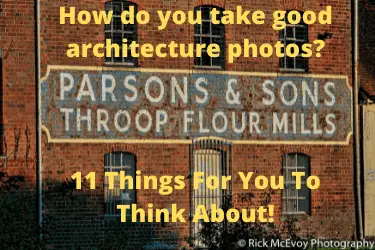Here are 11 things that, if you use them wisely, will help you to take better architecture photos
- Create thoughtful compositions
- Make the building the star of the photo
- But provide context
- Understand the building and the design
- Try not to include too much
- Explore the details
- Take aesthetically pleasing photos
- Think about the light
- Try different viewpoints
- Experiment with the time of day and season
- Play with the weather
- Technical correctness (I know – I will explain)
Ok, these are the 11 things that I want you to, well certainly think about. These are the things that I think about when I am on an architectural shoot. Sure there are other things but these are the main ones, the ones that will help you the most to take good architecture photos.
Who am I?
I am an architecture photographer based in the UK. I photograph buildings and buildings in nice places, and not a lot else. I am a member of the British Institute of Professional Photography (ABIPP), and a seasoned writer on architecture photography.
Basically what I am writing about here is what I do.
No Google research in this post, just what I have learned over the years.
One more thing
I am taking here about how to take good architecture photos – not all of these things will apply to every photo. Some will, and some will not.
Think about this as a range of things that can be applied to a set of photos that together tell the story of a building.
And if we can do that in one shot then that is good, we always need a headline shot. No pressure then….
And when I say building can we all agree that this could include any kind of structure?
Great – let’s get into this then.
1 Create thoughtful compositions
Composition is king. I say this all the time but if you think about it, the composition is what anyone looking at your photo is actually looking at.
The composition is the photo.
That is why I take time over my compositions, making sure that I have what I want in the photo and the all the elements work together in an aesthetically pleasing way to give the best composition possible.
Take time over your compositions and you will start to take better photos.
2 Make the building the star of the photo
Sometimes I have to remind myself – architecture photography is about the building, the building is, and always should be, the star of the show. So make sure when you are coming up with a composition that you have this in mind.
It is a mindset that I use, which I find easy as this is what I do and I love buildings, buildings interest me so I am always looking for the best angles and views and compositions.
And I also know that for most buildings that I photograph I will never return to them, so I only have one shot at making the building the star!
3 But provide context
I know this may sound like a contradiction, but you need to provide a context for a building. What do I mean by this?
Well if I am photographing one of those wonderful houses in Sandbanks, I will have to get some shots that show the sea views, and the context of the location in which the building has been constructed – i.e. Sandbanks.
Sandbanks is an exclusive location with prices to match, so the photos need to reflect this.
Without the context the photos could have been taken anywhere, making the photos less impactful and less meaningful.
4 Understand the building and the design
This is something that I always try to do. When I am working for an architect this is dead easy, as architects are lovers of buildings, and are always enthusiastic about their work.
There are always stories about the challenges in completing the design and construction of new buildings, things that proved difficult to achieve, specialist materials, designs and client specific requests.
And there are always favourite bits of a building that an architect will tell you about.
Any building has meaning and things to understand, it is our job as photographers to find them and record them.
5 Try not to include too much
I said add context, but fill the frame with the building as well. I tend to do this for most of my work, it is just something that has evolved naturally.
And I do not crop photos either, so most of the time I have included the building and not much else.
The building you are photographing needs to be the main subject, not a speck on the horizon (ok ridiculous example but you get the point?).
Including other things can confuse and take away from the impact of the photos of the building you are taking.
6 Explore the details
As well as the grandeur of a building there are often details that make interesting photos, small particular things that can be isolated. These can be features built-in, or just the way that two materials interact.
They are often interesting shapes and patterns that again make interesting detail shots.
And I touched on this earlier – architects will often add in personal touches, little details that no-one else might know the significance of. How nice it is to capture those and recognise the personality of an architect reflected in his/ her work.
This is how I end up using a telephoto lens for architecture photography – it gets me in close. Don’t just restrict yourself to wide angle lenses in architecture photography.
7 Take aesthetically pleasing photos
Sounds obvious but it still needs saying, you can take unflattering photos of anything through a combination of composition, viewpoint, focal length, and aperture. That and sheer bad photography!
Remember the building is the star of the show and should be treated accordingly, so make sure that you capture the building at its best.
8 Think about the light
Photography is drawing with light.
Composition might be king, but light is right behind it, and makes photos better or worse depending on how you use it.
Now I have to say here that I am not often in the fortunate position of being able to capture a building with the light of my choosing. I do plan shoots so the sun should be illuminating the front façade of a building, or a conservatory overlooking the sea. You get the idea.
Planning is possible, but making the weather behave is not. Sometimes I just have to make the best of what I have got in a fixed time slot.
And that is the reality.
How do I make the best of the light?
This is important, so I am going to go into this a bit.
As I said I plan the movement of the sun around the time of the shoot, and tie the shot list in with the optimum times for the light and each photo.
And that is the best I can do.
If a client is happy to pay me to come back at another time that is fine, and I am happy to do that.
Know the constraints and make the best of them – that is the reality of life as an architecture photographer. The light that is there is all that I have to work with.
Interior shots
I always turn on lights in rooms when I am photographing interiors – this makes the photos represent how they have been designed.
9 Try different viewpoints
High, low, left, right. From different parts of the building, even from other buildings. Every time you try this you are creating an opportunity to take a photo that is different, which will make your work stand out.
You can apply this to famous buildings that we have all seen photos of a thousand times. Sure take the photo that everyone else has – nothing wrong with that. But also try to take a different photo, from a different viewpoint, that shows a building in a different way.
10 Experiment with the time of day and season
I said earlier that on commercial shoots I do not have this luxury, but for other stuff I do. I often return to the same building at different times of the day and year – not anywhere near as often as I would like to but every now and then I do.
The angle of the sun changes throughout the year, meaning that the direction of the light changes too, so it can be very interesting to photograph the same building at different times, and see what happens.
This is actually a great way to learn about the light, and will make you and I better photographers.
And the seasons, certainly here in England, offer tremendous variety, colours and textures. And planting and the like.
But watch out for swimming pool covers in the winter!!!
11 Play with the weather
Well I say play, in England the weather is a real issue for me with my commercial work. I have to plan for the best weather I can and hope that it is OK, as often I only have one opportunity to photograph a building, so again I plan the best I can and just hope!
But for non-commercial, personal work, just like with the time of day and year different weather can produce dramatically different images.
What is my ideal weather?
Dry, with a nice blue sky and some fluffy white clouds adding interest to the sky. I am not a huge fan of a plain blue sky, which is good considering I live in England.
And if the weather is rubbish?
I always have the option of changing the sky after, using wonderful Luminar AI Sky Replacement. There are plenty of other posts about this which I have written, just type in sky replacement in the search thing on my home page and you will see.
12 Technical correctness
Yes I know I said 11 things but I wanted to add this final point.
As an architecture photographer you have to take technically correct photos – this is a given. I am talking here about
- Correct exposure
- Tack sharp focus
- Verticals vertical
- Horizontals horizontal
- Building proportions correct
- Realistic photos
And one last thing
- Accurate processing
Blimey – sounds like another post for me to write!
All these things have to be 100% for every photo that you show to a client, if not don’t even think about it ok?
Related reading
There are two pages on my website which are hubs for lots of related stuff
And
I probably need to update these pages as I have written a lot of good stuff since the last update.
Related viewing
Yes, related viewing. You can watch the video for this blog post right here on my You Tube Channel. What is not to love?
Related listening
I have to mention my podcast, if that is ok with you? The Photography Explained Podcast is my weekly audible offering where I explain one photographic thing in plain English in less than 10 minutes without the irrelevant detail, available on most podcast providers.
My podcast also has it’s own website, the Photography Explained Podcast website. I know, where do I come up with this stuff from??
If you have something you want me to explain then just head on over to the website where I will direct you to the right place.
Summary
I have given you 11 things to think about which will help you to take good architecture photos, and maybe even brilliant ones!
Any questions get in touch via my website. It would be great to hear from you.
Cheers from me Rick



